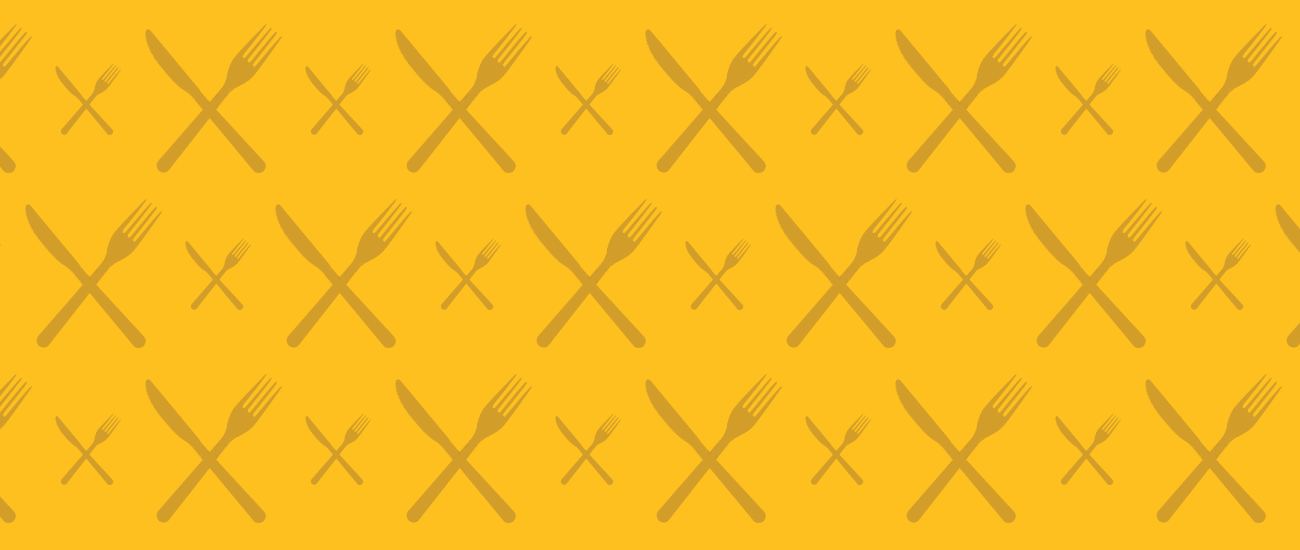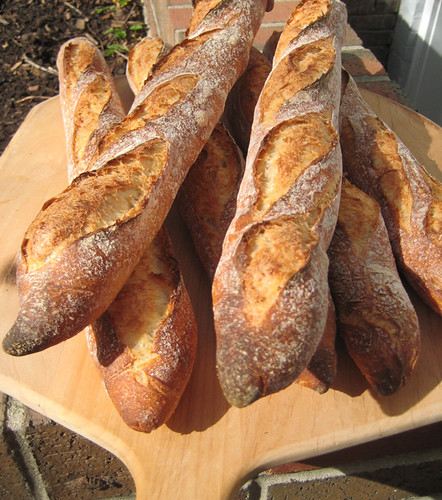The New York Times caught up with the plight of organic dairy farmers today, which was welcome, but the piece also missed some subtleties. Fairly quickly, my email was buzzing with organic dairy farmers taking issue with the story.
No one argues that times are tough, that organic feed prices have risen and pay prices have fallen -- that supply is swamping demand. No one argues that HP Hood has taken the draconian step of cutting farmers off.
What they did take issue with is the overall impression that organic farmers are getting hammered and leaving the industry in droves. As the article states, "farmers nationwide have been told to cut milk production by as much as 20 percent, and many are talking of shutting down." (Added emphasis).
What also raised eyebrows up in Vermont was this graf:
In the context of that paragraph, it sounds like 32 Vermont organic dairies have shut down. To check that out, I spoke with Lisa McCrory, a farmer and well-known organic dairy consultant in Vermont. She said she knew of two organic farmers in Vermont who had left the business since December '08. One sold their herd and is renting the farm to another organic dairy farmer, so technically only one shut down. The remainder were conventional dairies.
That also changes the impressions of this paragraph:
The article mentions one organic farmer who borrowed $500,000 to transition to organic. McCrory, who helps farms transition, said this is significantly higher than most other farmers, though she did note that costs have risen in the past two years because of more stringent organic feed regulations. (Previously farmers could transition using a portion of conventional feed -- now they must use all organic).
In a recent survey of 20% of Vermont's organic dairy farmers, she only found a couple who were "dissatisfied" with the business. She noted, though, that this NOFA-VT survey was done before farmers were asked to cut back production 7-15 percent.
"I don't want to sound like this situation is not serious," she said. "Good producers are having a tough time right now. This is not a great time for a young farmer/new farmer to invest in organic dairying if they are coming in with little or no equity."
But those who were not overextended and who have enough land to grow their own feed will weather the storm. They are staying put until the oversupply of organic milk begins to get in line with demand.
Needless to say, purchases of organic milk will help, especially from those processors associated with family farmers.
- Samuel Fromartz




